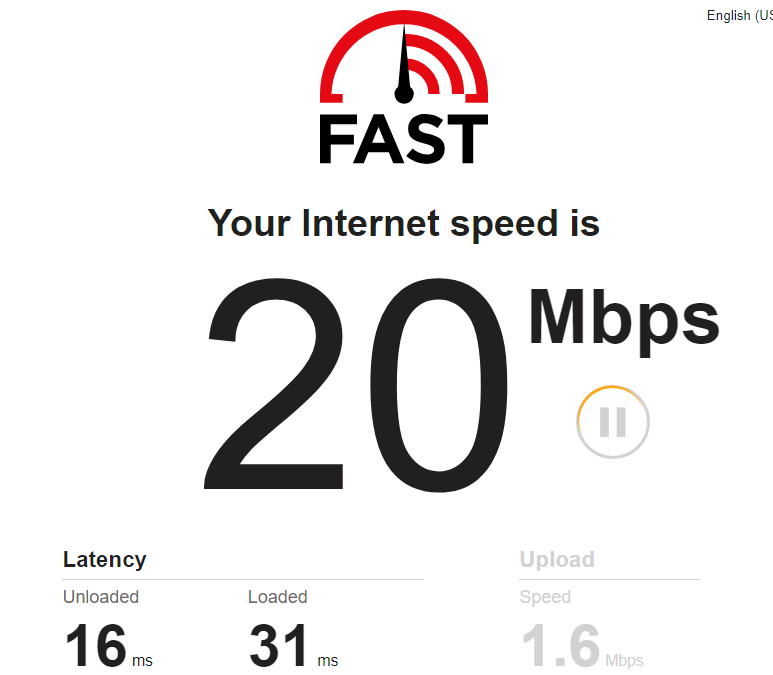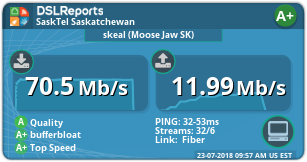@johnathonm
It is possible to set up a one line install and have the script be setup with default values, but then if you need to make any custom rules you will still need to go back to the original install instructions consisting of using Notepad++, Pscp, & Putty. So might as well use that method in the beginning.
Sure if I implemented a UI then a one line install + editing via UI solution would be possible and nice, but that is simply too much work. It would be way more than you taking the 5 minutes to
1) make an edit with Notepad++
2) upload with pscp
3) set permissions with putty
-Setting EOL conversion via Notepad++ is more steps then a 1 line command in putty.
-Making edits live on the router with nano or vim is significantly less intuitive than editing in Notepad++
--
Sure I can implement a single bandwidth reduction value and have people simply enter peak speeds, but then everyone is losing performance.
As for the your customize order question .... actually read the install instructions!!
3) I recommend the following QOS traffic priority list.
VoIP
Gaming
Others
Web Surfing
Video and Audio Streaming
File Transfers
Even if you decide your own order, it should also work well enough due to other script modifications related to bandwidth allocation.
As for this question
Our Wan Packet Overhead (this is being argued to be irrelevant, if so then that needs to be stated).
What is ATM?
Setting these parameters correctly IS beneficial, but the values are dependent on your ISP's network implementation and that information is not available to end users.
Users are free to google or ignore these parameters. I am in the same situation as you when it comes to these settings, and simply have them turned off, since there is no information for my (or any) particular ISP's actual implementation. In the end feel free to use the recommended preset or leave WAN overhead off, as both solutions are ultimately a guess.
Don't worry that this setting is potentially incorrectly set ( turned off / underestimating / overestimating ) as the end results from this setting will be mostly washed away when fine tuning bandwidth via this step.
1) Use manual bandwidth with limits set to 85-95% of your non-throttled speedtest results
To zone in on the ideal bandwidth setting within this range you need to be aware of these relations .....
--
Anyone is free to fork it and implement and a GUI on top of it. In fact a user already has and implemented 5 hardcoded spots for port rules.
--
Once again the initial post is the inner working, install, and advanced rules. You are free to just follow the install instructions, no one says you have to understand the inner workings or apply advanced rules.
The install instructions are literally 5 lines of code you copy paste ... Feel free to PM a clearer version of the install instructions....
--
Much of the "anarchy" was simply arguing different viewpoints on settings for ideal QOS performance. I welcome any discussion (disagreement included) since ultimately it either leads to a better solution or a better understanding.
The real "anarchy" were my 2-3 outbursts at people not reading the initial posts, which I ultimately regret as ignoring the questions would be a better solution, but what has been done is done. I was frustrated and regrettably vented.



